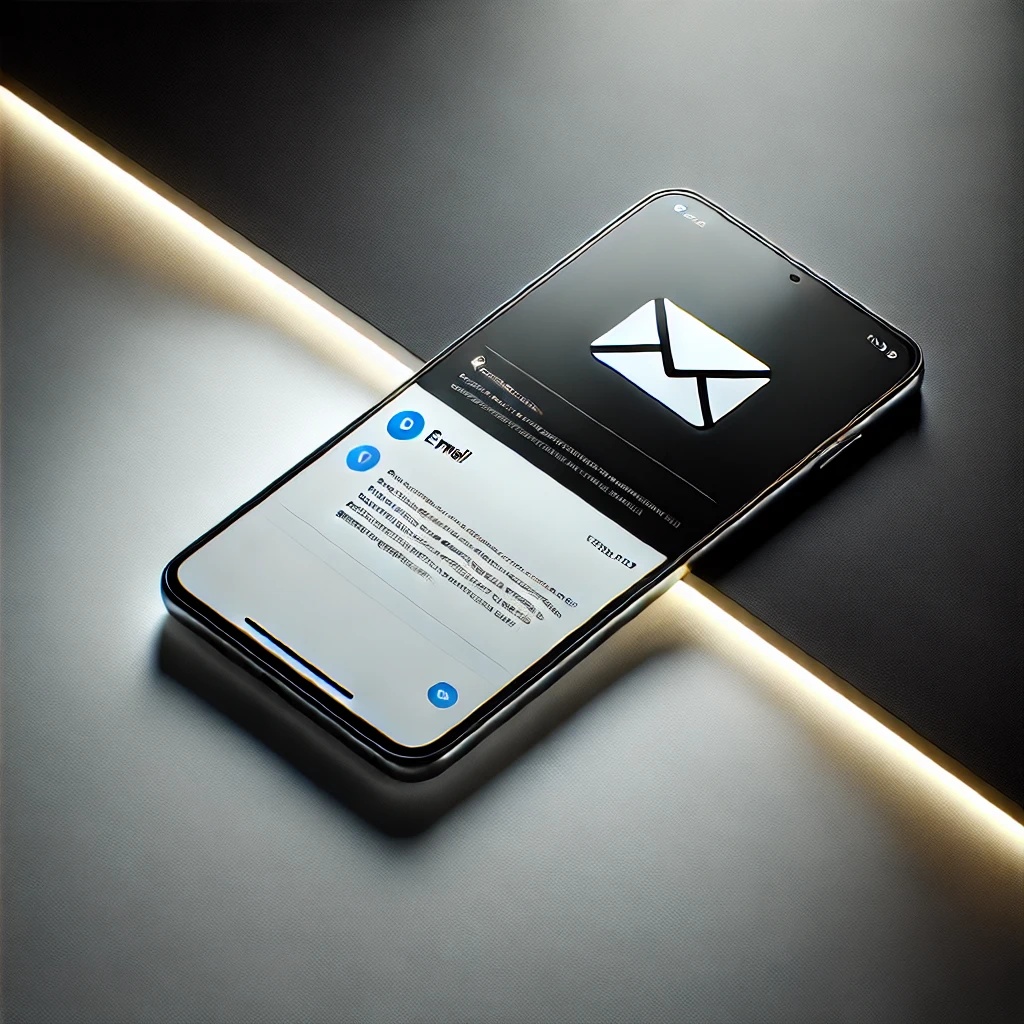HTML5 banner ads are a great way to maximize the marketing reach of a company. However, in order for them to be successful, they need to be optimized with best practices in mind.
Listed below are some of the basics of HTML5 banner ads:
-Banner dimensions: it is important that they fit on smaller screens such as smartphone screens and tablets. It also needs to take into consideration that older browsers might not support these ads due to a lack of html5 support.
-Interactive features: it is important for banners to have interactive features such as clickable buttons and slide shows so people don’t bounce off your site too quickly and get bored with your site.
HTML5 ads are designed to help ad publishers become more competitive with the rich media formats that are used by most advertisers.
Ads are interactive, engaging and can be downloaded with a tap or click. HTML5 ads offer many benefits to advertisers, publishers, and users alike.
We’ll explore some of these benefits in this article.
With the emergence of HTML5 ads, marketers have a lot more options to publish ads. In fact, some of the newer HTML5 browsers don’t support Flash which means the only way to display ads in those browsers is by using HTML5.
How do you know if an ad is using HTML5? You can get a hint from the ad’s URL, for example, if it starts with “HTTP:” then it’s probably an HTML ad. Another clue might be if you see “mov” in the URL, that could mean that there’s a video embedded in the ad and it’s not a banner or popup.
How to Create HTML5 Banner Ads
HTML5 banner ads are a convenient way of reaching a wider audience. So what are they?
These banners can be used on any device that supports HTML5, from computers to smartphones. They allow for interactive elements such as video and sound, which can further engage the viewer.
This guide will explain how you can create HTML5 banner ads in your own time and publish them on the web.
This blog post aims to explain how one can create and publish an HTML5 banner ad to reach a wider audience with their message.
The first step is to research different types of banners and understand what type corresponds best with your product or service offerings. This way you will know which tools you need in order to get started designing the perfect HTML5 banner
HTML5 banner ads are an increasingly popular form of digital advertising. This is because they are better for the environment, more mobile-friendly, and can be delivered at a much lower cost to advertisers than any other type of advertising.
There are many reasons why HTML5 banner ads are better for the environment than other types of digital ads. The first is that they consume far less power; leaving more power for other devices to use. Secondly, the amount of time it takes for an HTML5 banner ad to load is reduced by up to 80%; meaning there is less strain on servers and devices. Finally, they require no plug-ins, which means that there’s no need for visitors with old browsers; leaving everyone with a device able to view them!
There are many different types of banners, but an HTML5 banner is a great option for marketers. In this article, we will discuss the advantages of HTML5 banners and how to create them.
A banner is a rectangular graphic with text or images that communicates information about a company or product. It may be used to advertise something or to commemorate an event. Marketers use banner ads because they’re versatile and can be used in any marketing campaign.
However, there are a number of disadvantages to using banners including low engagement rates and high cost per thousand impressions (CPM). Marketers also face challenges with limited advertising space online, which can make it difficult to reach the target audience with an ad if it is not well-designed.
HTML5 ads for Facebook
HTML5 ads are not only compatible with all browsers, but they also work on any device.
We can build a variety of HTML5 banners and ads that will be compatible with all browsers.
Hi, I am a graphic designer and I am writing this article about html5 ads. In order to have a good design for your banner, you need to have the right tools.
There are many companies that offer different services, but not all of them can generate what you need in a timely and efficient manner because it takes time and effort to produce high-quality banners. And let’s be honest: we don’t always want to spend our time running around looking for the right service provider when we can just get it done with one call or email.
HTML5 ads are a good alternative for Facebook. They can be used as an alternative to Flash banners and they also allow for more flexibility and use of new features.
HTML5 ads provide more flexibility than flash banners, as they do not require any plugins, which is good as it allows them to be seen by a larger audience. This is because all browsers now support the technology, which means that there are no compatibility issues between browsers and the ad.
HTML5 ads best practices
The most common format for an HTML5 ad is a banner. A banner can be either rectangular or square in shape and are often used to fill up the entire browser space of the browser.
Banner ads are typically used for branding purposes with little chance of improving conversion rates. But they still have some use cases- they can be used as a call to action or as a way to capture leads with multiple options on one page.
HTML5 banners are interactive, engaging, and rich media ads that are used to engage the user. They follow the HTML5 specification which means they can be placed anywhere on a website or app. The content of the banner is loaded dynamically, which eliminates the need for a separate ad server or buying ad space on a media outlet.
The use cases of HTML5 banner ads are as follows:
-A baby clothing company wants to promote their new line of clothes for babies who have just been born. The company’s banner ad is placed in the side column of a popular parenting website, targeting mothers who visit this site often and enjoy reading about parenting news and products.
-A high-end retailer wants to increase awareness for its new line of winter jackets by creating an application that will allow
The emergence of HTML5 marks the next-gen in video ads. They are cheaper to create and they work on any device.
HTML5 ads are the future of video advertising. They are cheaper, more versatile, and compatible with any device, meaning consumers can view them no matter what type of media they’re using.
Why You Should Be Using HTML5 Ad Creatives
The introduction of HTML5 banners has revolutionized the advertising industry. According to statistics, HTML5 banners are displayed up to 60% of the time on computers and mobile devices.
This is because HTML5 ads are interactive, lightweight, and easy for all browsers to display. They can also give an interactive experience to viewers by clicking on buttons, scrolling, or zooming in or out on images.
Therefore, they are considered as one of the most popular digital ad formats among advertisers.
HTML5 is the latest in the evolution of markup languages and it has been designed with a number of features that make it perfect for web advertisements.
HTML5 is a markup language that was developed with the goal of providing modern features to web pages.
While HTML4 was mainly used to provide structure and styling, HTML5 is more geared towards media.
HTML5 has a number of benefits over its predecessors, such as:
– support for multimedia content
– advanced video playback capabilities
– enhanced user interactions
HTML5 ads are the new age of digital advertising. They are more interactive, engaging, and impactful than static banner ads. They work even better on mobile devices, which is the future of advertising.
While static banner ads may be good for providing basic information to readers, HTML5 ads provide an interactive experience that is much more engaging and memorable. With HTML5 ads you can use your creativity to make something truly unique and memorable for your target audience
The developers behind HTML5 ads have made them hyper-targetable with a variety of new features like geofencing and location targeting. These types of features allow advertisers to get their message in front of people who might be interested in it while they’re close to a store or service that offers this product or service.




